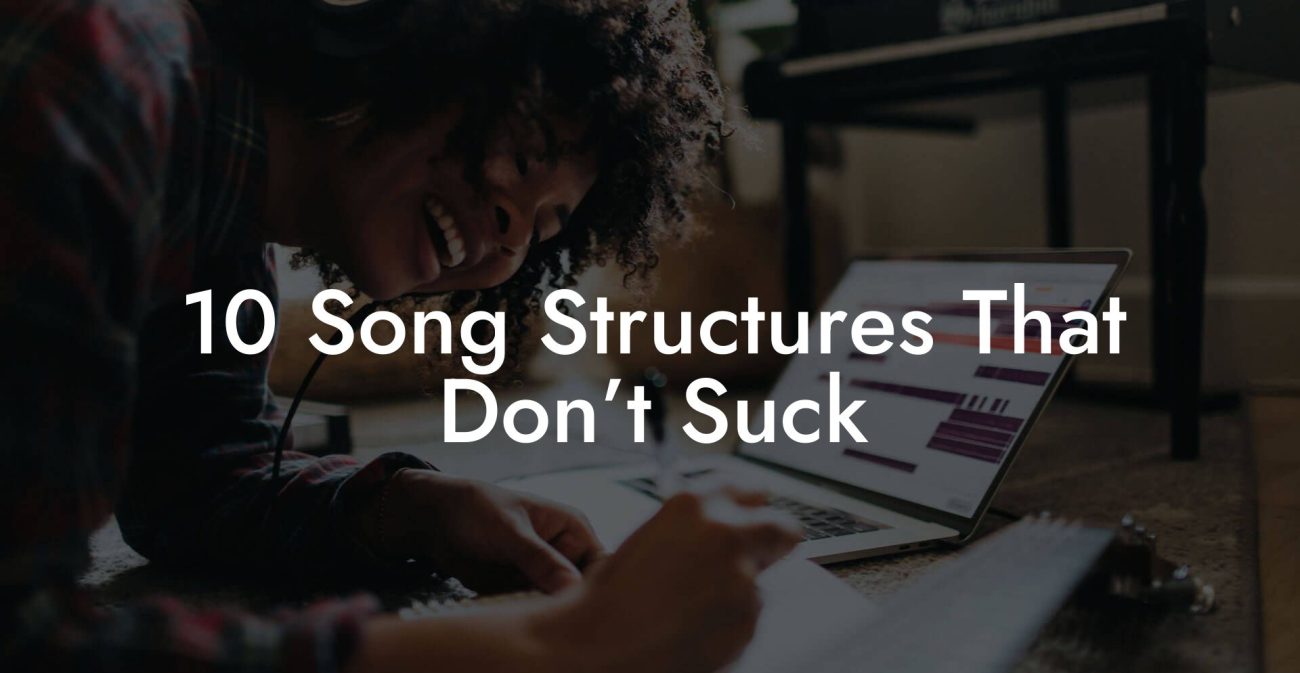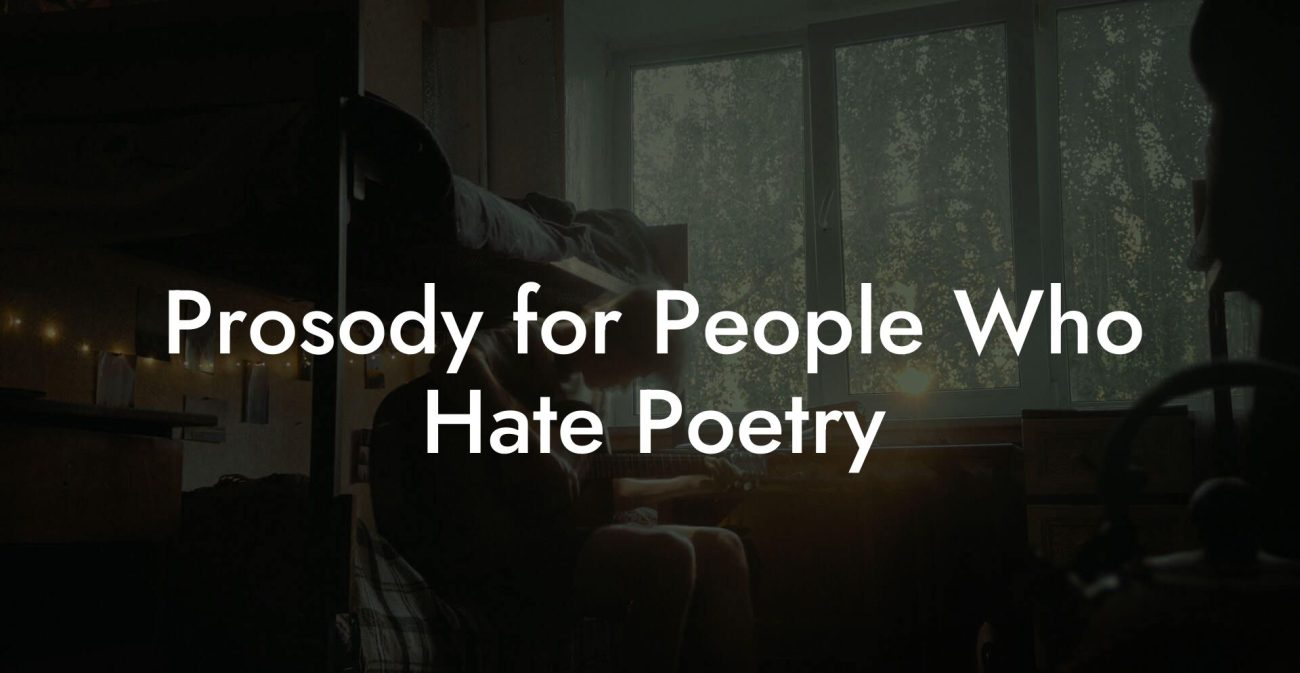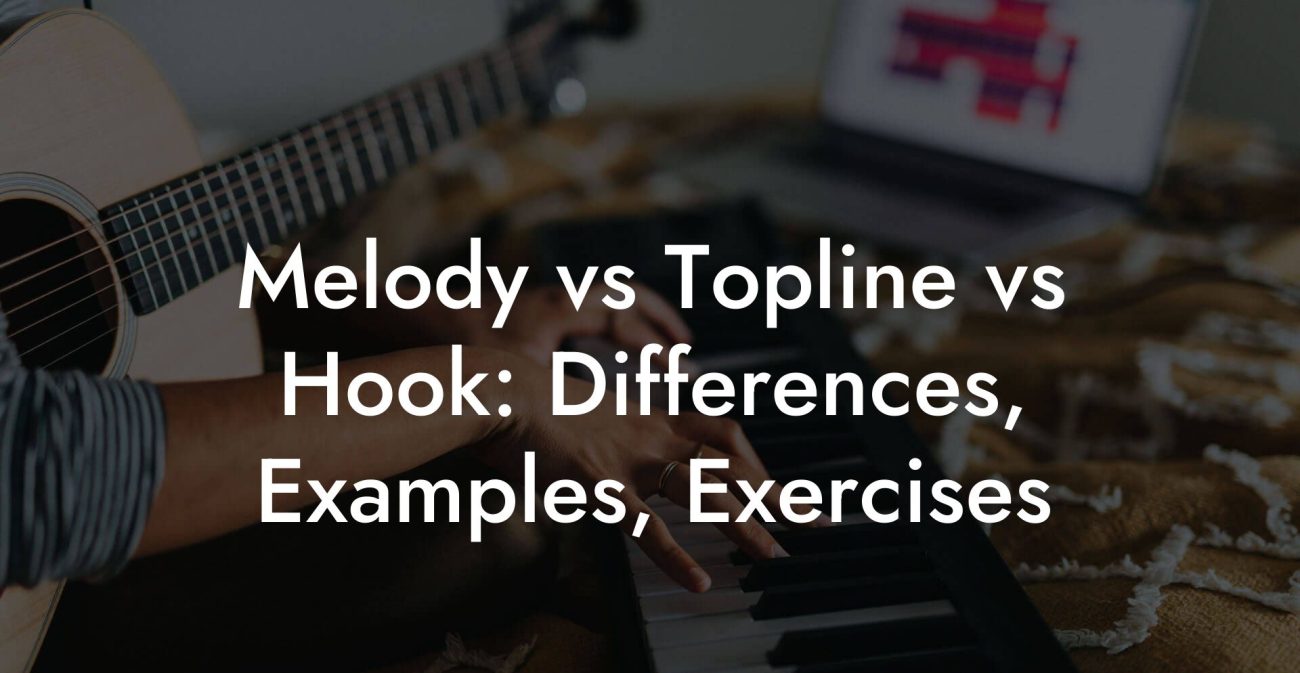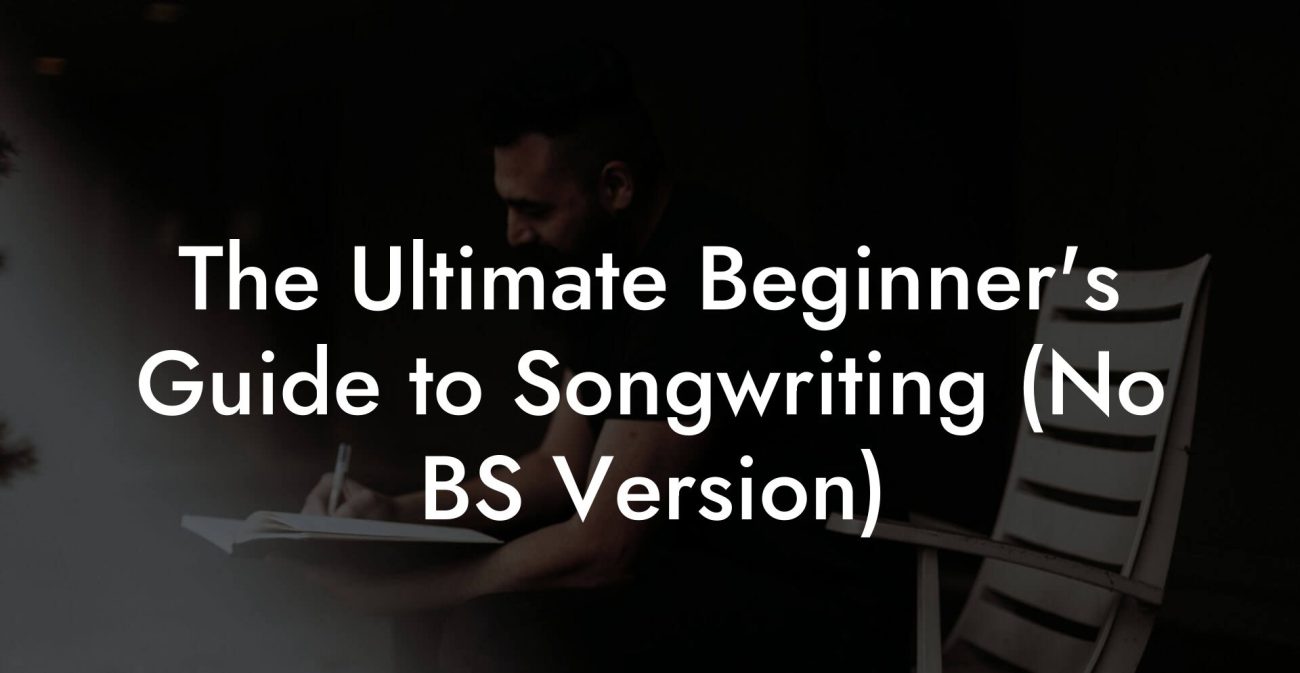Songwriting Advice
Verse Chorus Bridge: What They Actually Do
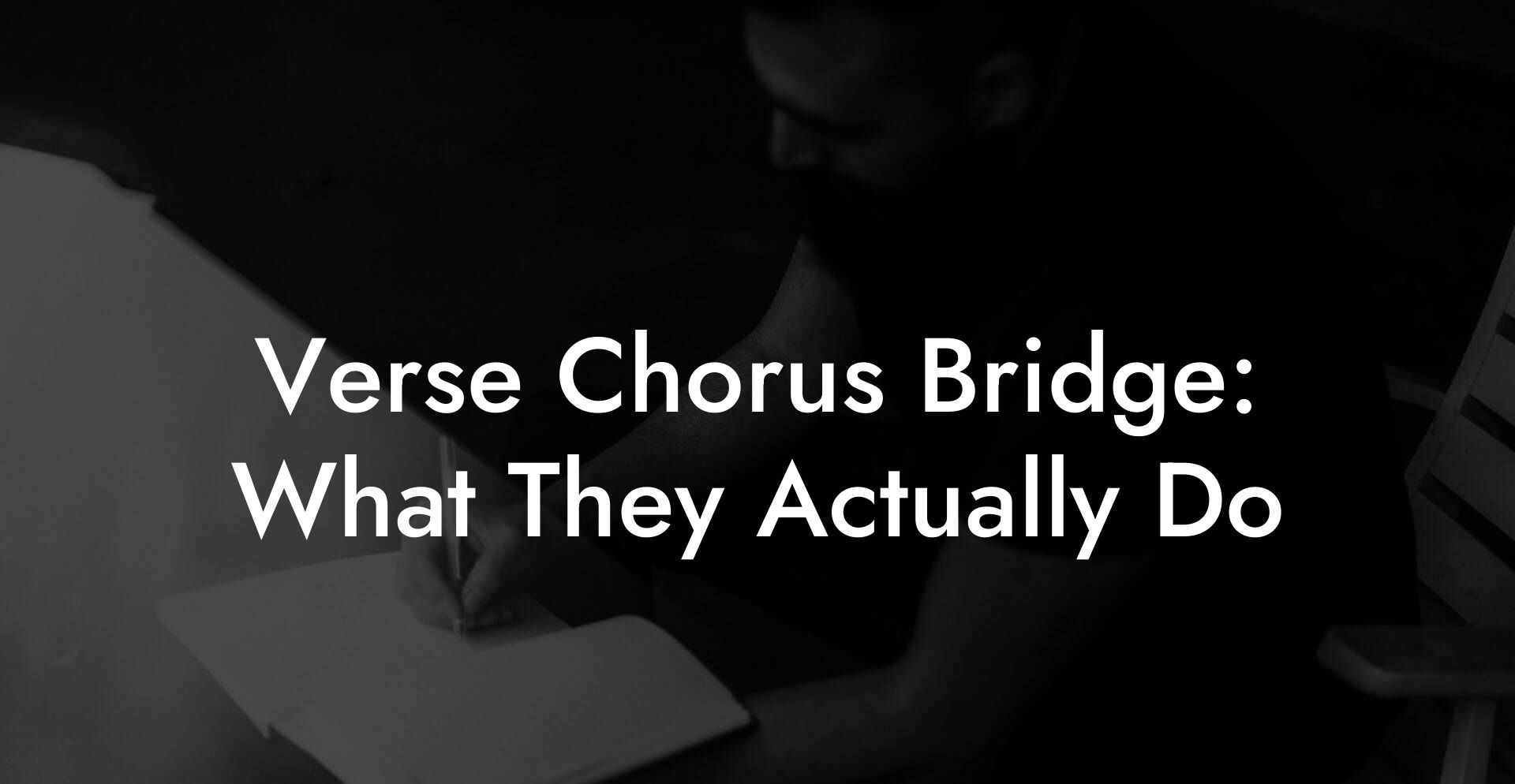
Stop guessing where to put the emotional punch. If you have ever written a verse that feels like filler, a chorus that sounds like a description, or a bridge that wanders into a weird vitamin commercial, this article is for you. We will break down what each part of the song is supposed to do, why your listener cares, and how to write lyrics that make listeners feel seen and sing along. Also you will get templates you can actually steal and adapt in under an hour.
Quick Interruption: Ever wondered how huge artists end up fighting for their own songs? The answer is in the fine print. Learn the lines that protect you. Own your masters. Keep royalties. Keep playing shows without moving back in with Mom. Find out more →
Quick Links to Useful Sections
- Quick glossary before we get reckless
- What each part actually does in one sentence
- Why song parts matter more than smart words
- The verse unpacked
- Verse goals
- How to write a verse that pulls
- Verse templates you can use
- The chorus explained
- Chorus goals
- How to make a chorus land
- Chorus templates you can steal
- The bridge is your secret weapon
- Bridge goals
- Bridge types and uses
- Bridge templates
- How verse chorus and bridge relate
- Transitions that work
- Structures you will actually use
- Form one. Classic pop
- Form two. Hook early
- Form three. Story heavy
- Lyric templates full set
- Template set A. Break up anthem
- Template set B. Night out confidence
- Template set C. Quiet confession
- Writing drills so you finish songs faster
- Common mistakes and how to fix them
- Chorus that is too long
- Verses that list feelings
- Bridge that does not change anything
- Title hidden in the chorus
- Prosody and melody tips that respect the lyric
- How to test your verse chorus bridge in real life
- FAQ
This guide is written with millennial and Gen Z writers in mind. That means real life scenarios, plain language explanations for any terms you have heard tossed around in producer group chats, and plenty of small brutal edits you can do right now. No music theory gatekeeping. No art school sneering. Just tools you can use to make songs that land.
Quick glossary before we get reckless
- Verse The part where the story moves forward. Verses give details and set the scene. They are where the listener says yes I know this person.
- Chorus The emotional headline. This is the phrase you want people to hum in the shower and shout at the end of a show. It states the main feeling or idea of the song.
- Bridge The land where the song takes a left turn. It changes perspective, mood, or stakes so the final chorus lands with more weight.
- Pre chorus A short climb that makes the chorus feel inevitable. Think rising tension before the drop.
- Post chorus A short repeated tag that locks the hook even further. It can be a chant or a melodic fragment.
Real life scenario. You are on a bus and overhear someone singing quietly into their phone while scrolling through a text thread. The chorus is what you can hum back to them without any context. The verse is the line about the roast coffee stain on their shirt that explains why they will not go home tonight. The bridge is the two lines where they decide to lie to their friend and then feel bad about it. That small arc is what keeps listeners invested.
What each part actually does in one sentence
- Verse Advances the story and gives specific detail.
- Chorus States the core promise or emotion and is easy to repeat.
- Bridge Offers contrast or revelation that changes how the chorus reads.
Why song parts matter more than smart words
Structure is a promise to the listener. If you say you are going to tell an emotion and then keep explaining details forever the brain will check out. When verse chorus and bridge do their jobs the listener can follow the story while enjoying predictable payoff. Payoff keeps streams and also helps songs get used in videos and playlists where memory matters.
The verse unpacked
Verses give context without preaching. They do not need to be poetic every line. They need to be concrete and move the story forward. Think camera shots. One line equals one image.
Verse goals
- Introduce the scene and character details.
- Show a problem or desire that sets up the chorus.
- Use small edits so the story feels alive and not like a diary entry.
How to write a verse that pulls
- Start with a location or an object. Objects anchor memory. Example objects include a bus ticket, a neon sign, a half burned candle, a cracked phone case.
- Add a small action. Not I was sad. Instead I drop the cup and do not pick it up.
- End with a line that points toward the chorus. The last line of the verse should increase tension or ask a quiet question.
Example verse lines
- The laundromat hums while I pretend I do not remember your face.
- I swipe left on the photo of us at the fair and keep the sweater you left behind.
- The apartment still keeps your shampoo like a bruise on the shelf.
Real life scenario. You left a voicemail at three in the morning. The verse describes you pacing, the elevator dinging, and the neighbor yelling about a package. The chorus will be the sentence you could text instead of calling. Without those small live details the chorus will feel like a lecture.
Verse templates you can use
Template 1. Everyday object focus
I see [OBJECT] on the [PLACE]. I pretend it is just for guests. I fold my voice into the pocket of my jacket and call it even.
Template 2. Morning regret
The [TIME] light wakes the plant I used to forget. I make coffee two ways now. One for steam one for when I try to text you nothing.
Template 3. Phone scene
The screen still shows your last message. I let it glow like a small accusation. I open maps and do not move.
The chorus explained
The chorus is the spine. It is not a place to dump all your metaphors. It is a short headline that clearly states the song promise. Make it singable. Make it repeatable. Make it feel inevitable when it arrives.
Chorus goals
- State the central line in plain language.
- Be easy to sing with open vowels and simple rhythm.
- Contain a hook word or phrase that can be used as a title and as a loop for videos and social clips.
How to make a chorus land
- Write one line that says the feeling in everyday speech. No abstract nouns if you can avoid them.
- Repeat or paraphrase that line once. Repetition is memory glue.
- Add a small consequence line if you want more depth. Example consequence lines are I will not go back or I keep the door locked for you.
Example chorus
I will not call you tonight. I put my phone face down and pretend the light will go away. I will not call you tonight.
Real life scenario. Imagine a short TikTok where the chorus starts and the text overlay reads That time you decide to grow up. People will duet and use that repeatable hook. That is the power of a chorus that says the thing plainly.
Chorus templates you can steal
Template A. Simple statement with ring phrase
[TITLE LINE]. Repeat. [Small twist or consequence].
Fill example
I am not coming home. I am not coming home. I left my keys in the taxi and I do not want them back.
Template B. Feel then consequence
I feel [EMOTION]. I do not say your name. I do not pick up the phone.
Fill example
I feel brave. I do not say your name. I leave your sweater on the bus.
The bridge is your secret weapon
If the bridge is underused in your songs that is a production crime. The bridge offers a change in view. It can be quieter, louder, or more honest. It can answer a question the verse raised. Most importantly it makes the final chorus feel different even if the words are almost the same.
Bridge goals
- Reveal something new that reframes the chorus.
- Change the sonic palette or the vocal delivery to make contrast.
- Drive emotional momentum into the final chorus so the listener feels more.
Bridge types and uses
Contrast bridge
Shift the mood by changing the speed, the chord color, or the vocal approach. If the verses are talky make the bridge melodic. If the chorus is huge make the bridge intimate.
Revelation bridge
Reveal new information that reframes the chorus. Example reveal could be that the narrator is leaving town or that the narrator kept a secret. This makes the final chorus land with new meaning.
Instrumental or vamp bridge
Sometimes the bridge is a musical break that offers space for the listener to breathe. Keep it short and purposeful. Use it if the chorus needs a rest before a big finish.
Real life scenario. You sang about leaving in the chorus. The bridge is the line where you pack the bag and put the plane ticket in, then laugh like it is nothing. That laugh changes how the final chorus hits. The listener now sees resolve instead of loneliness.
Bridge templates
Template 1. Revelation
I found the letter under the seat. You wrote you were afraid. I am not afraid for two minutes now so I leave the light on.
Template 2. Quiet confession
I speak the truth into the dark and it sounds smaller than I thought. I still love the way your laugh opens the blinds.
Template 3. Switch perspective
Maybe you are tired too. Maybe you are a mirror that needs cleaning. I place my hand on the glass and wait.
How verse chorus and bridge relate
Think of the verse as setting the scene the chorus as stating the emotional clause and the bridge as changing the contract. The bridge makes the final chorus feel earned. If your bridge does nothing the final chorus will sound like a loop that forgot to evolve.
Transitions that work
- Verse to chorus Use a line that shortens and raises energy. That line is the pre chorus or the last line of the verse. It should make the chorus feel like the answer.
- Chorus to verse After a big chorus drop a small detail so the story continues. Do not restart the emotion from scratch.
- Chorus to bridge Pause or change tone. The listener needs a sign that something new is coming.
Example transition
Verse last line: I watch the streetlight change its mind. Pre chorus: I count the seconds and practice the lie. Chorus: I will not call you tonight.
Structures you will actually use
Here are three reliable forms that get radio play and playlist adds. Pick one and use it as a template for your next song.
Form one. Classic pop
Verse one. Chorus. Verse two. Chorus. Bridge. Final chorus. This lets you build detail and then reward listeners with repetition.
Form two. Hook early
Intro hook. Chorus. Verse. Chorus. Bridge. Chorus. Good for short attention spans and social content. Hook early so people stick through the first ten seconds.
Form three. Story heavy
Verse one. Verse two. Chorus. Verse three. Chorus. Bridge. Chorus. Use this when you have a narrative that needs set up before the emotional pay off.
Lyric templates full set
These are fill in the blank templates made to be fast and adaptable. Replace the bracketed words and record. If a line does not feel true delete it. Truth beats cleverness every time.
Template set A. Break up anthem
Verse 1
[OBJECT] on the [PLACE] keeps your shadow alive. I dry it with the corner of my mouth and call it fate.
Chorus
I will not call you tonight. I put my hands in my pockets and count streetlights. I will not call you tonight.
Bridge
I keep the number like a song that will not leave me. I sing it once and decide I am done with that tune.
Template set B. Night out confidence
Verse 1
The elevator mirrors learn my new face. I practice a smile that is not for you.
Chorus
Tonight is mine. Tonight I do not wait around. Tonight I wear someone else like a name I remember.
Bridge
The city keeps my secrets until sunrise. I lose a shoe and win a laugh. That is all I need to go home sober in my head.
Template set C. Quiet confession
Verse 1
I burn the letter just to feel the ash on my tongue. It tastes like the summer we never finished.
Chorus
I am sorry in a way that does not ask for return. I am sorry and I leave the light on for you anyway.
Bridge
Forgiveness is a small room with one window. I stand in the light and imagine you opening the door.
Writing drills so you finish songs faster
Speed forces clarity. Here are drills that convert drafts into songs.
- Object focus ten Pick one object and write ten lines where the object does different things. Time ten minutes. Pick the best two lines and build a verse.
- Title first five Write five titles that say the song promise in plain speech. Pick the one that is easiest to sing on the melody you like.
- Bridge surprise two Write two bridge lines that change the story. Choose the one that adds the most emotional weight to your chorus.
Real life scenario. You have a session with a producer in an hour and only a title. Use Title first five to find the chorus, then Object focus ten to get the first verse. Use Bridge surprise two to prepare your final chorus twist. You now have a demo in 45 minutes.
Common mistakes and how to fix them
Chorus that is too long
Fix by cutting to one strong line that captures the emotion. Think of a headline not a paragraph. If you need detail use the bridge or a verse line instead.
Verses that list feelings
Replace each feeling with an image or an object. If you wrote I feel scared turn it into I lock the window and tuck the postcard under the lamp. Concrete wins the argument with the listener.
Bridge that does not change anything
Make the bridge either smaller or bigger. Change the vocal delivery or the tempo. The bridge must give listeners a reason to keep paying attention.
Title hidden in the chorus
Move the title to the chorus downbeat or the end of the chorus. If people cannot hum your title on first listen it will not become a social audio moment.
Prosody and melody tips that respect the lyric
Prosody is where natural speech meets rhythm. Say the line out loud before you sing it. Mark where the stress is. If the stressed word sits on a weak beat rewrite so the stress moves to a stronger musical moment. Even a small swap like moving a name one syllable can make the line feel effortless to sing.
Open vowels like ah oh and ay are easier to belt. Use them on long notes. Use consonant heavy lines on faster rhythms.
How to test your verse chorus bridge in real life
- Sing the chorus for someone who does not know the story. Ask them to tell you the feeling in one sentence. If they cannot do it you need to simplify the chorus.
- Read the verses as if you are narrating a short film. Do you see images? If not add object and action lines.
- Play the bridge and the final chorus back to back. Do they feel different and more powerful? If not change the bridge reveal or the delivery of the final chorus.
Real life scenario. Try this on a roommate or a barista who will be honest because you helped them move last month. If the barista says the chorus is boring pay them in coffee and rewrite the one line they quote back to you. Their lack of tact is pure editing gold.
FAQ
What is the main function of the bridge
The bridge changes perspective or raises stakes so the final chorus lands with more emotional clarity. It is the place for a revelation or a tonal shift.
How long should a chorus be
Keep the chorus short and repeatable. One to three lines is ideal. If the chorus needs explanation put that into a verse or a bridge.
Can a song work without a bridge
Yes. Many successful songs omit the bridge by using a strong post chorus or by adding a short instrumental break. Use what the song needs not what a rulebook says.
Where should I put the title
Put the title on the chorus downbeat or on a long sustained note in the chorus. Repeat it as a ring phrase so listeners can remember it easily.
How do I write a chorus that works for short videos
Make the chorus hookable. Keep it under eight seconds for the core phrase. Use a repeatable lyric or a chant that creators can lip sync to. Think of one line that works as a caption and a hook at the same time.

